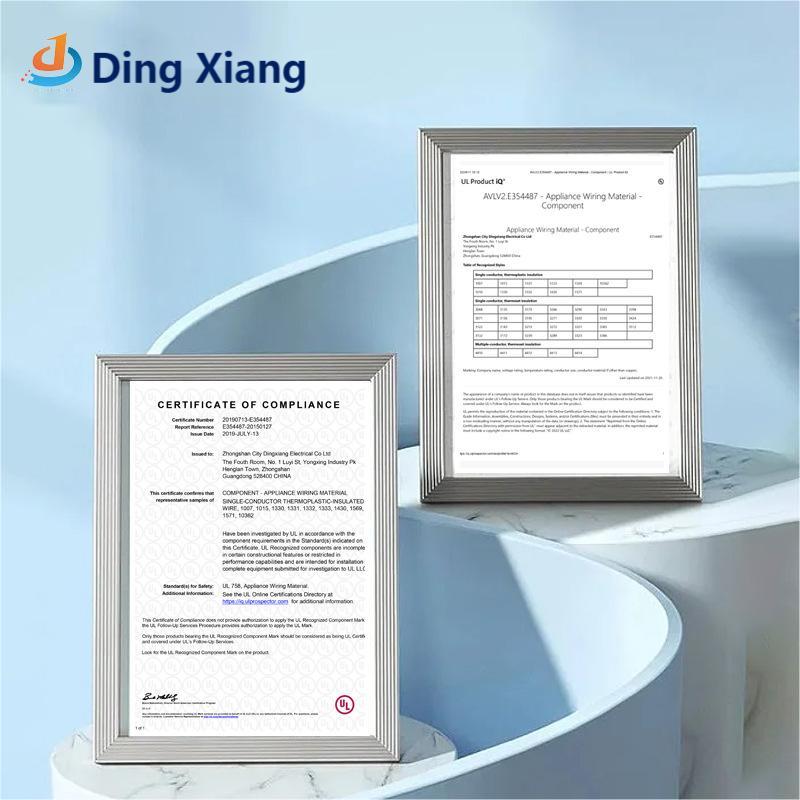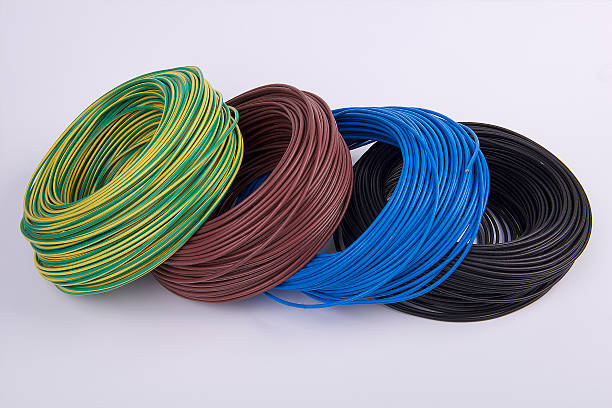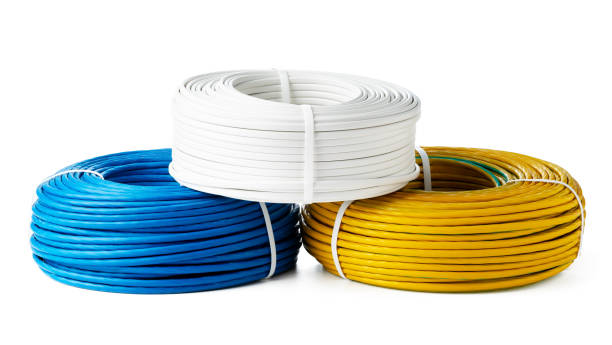High-temperature wire plays a critical role in industries where extreme heat resistance and electrical reliability are essential. The manufacturing process directly impacts the durability, conductivity, insulation quality, and overall performance of the wire. From material selection to insulation techniques and final testing, each step determines the wire’s ability to withstand high temperatures while maintaining efficiency. This article explores how different aspects of high temperature wire manufacturing influence the final product’s performance.
1. Material Selection: The Foundation of Performance
The choice of conductor and insulation materials is the first crucial factor in high temperature wire manufacturing.
Conductors: Most high-temperature electrical cables use materials like nickel-plated copper, pure nickel, or stainless steel, which provide excellent heat resistance and conductivity. The right conductor ensures minimal signal loss and maximum efficiency even under extreme temperatures.
Insulation: The insulation must withstand high temperatures without degrading. Fluoroplastic high temperature wire, for example, uses materials like PTFE (Polytetrafluoroethylene), FEP (Fluorinated Ethylene Propylene), and PFA (Perfluoroalkoxy Alkane). These materials not only offer heat resistance but also chemical stability and mechanical durability.
2. Wire Stranding and Conductor Processing
Wire stranding impacts both flexibility and conductivity. Tightly stranded conductors improve mechanical strength and reduce breakage risks in high-vibration environments, while solid conductors offer superior electrical properties but lower flexibility. High-temperature electrical cables often require precision stranding to balance flexibility and conductivity for demanding applications.
Additionally, nickel plating or silver plating is commonly applied to conductors in high temperature wire manufacturing. This enhances oxidation resistance and improves overall wire longevity, particularly in aerospace and industrial settings.

3. Advanced Insulation Techniques
Insulation quality is a defining factor for performance. Modern fluoroplastic high temperature wire benefits from advanced insulation processes like:
Extrusion Coating: Fluoroplastic materials are applied through high-precision extrusion, ensuring uniform thickness and superior electrical insulation.
Tape Wrapping: Some high-temperature electrical cables use multiple layers of heat-resistant tape, enhancing mechanical strength and preventing breakdown under extreme conditions.
Cross-Linking Treatments: Cross-linking improves thermal stability and resistance to abrasion, extending the wire’s operational lifespan.
4. Shielding and Protective Layers
For high-performance applications, high-temperature electrical cables often include shielding layers made of braided metal, aluminum foil, or conductive polymer layers. These shields protect against electromagnetic interference (EMI) and ensure signal integrity in sensitive electronics and communication systems.
Protective jackets and armoring are also applied to enhance mechanical durability. Some fluoroplastic high temperature wires feature dual-layer insulation, improving both heat and chemical resistance.

5. Rigorous Testing and Quality Control
No high temperature wire manufacturing process is complete without extensive testing. Performance tests include:
Heat Resistance Testing: Ensures the wire withstands prolonged exposure to extreme temperatures without degradation.
Dielectric Strength Testing: Measures the insulation’s ability to resist electrical breakdown.
Flexibility & Mechanical Durability Tests: Simulate harsh operating conditions to ensure longevity.
Flame Retardancy Testing: Confirms compliance with UL, IEC, and MIL-SPEC standards for fire safety.

Conclusion: Precision Manufacturing for Optimal Performance
The manufacturing process of high-temperature electrical cables plays a vital role in determining their performance, reliability, and longevity. The choice of high-quality conductors, fluoroplastic insulation, advanced shielding, and rigorous testing ensures that these wires can operate in extreme heat environments without failure. Investing in high temperature wire manufacturing with strict quality control guarantees safer and more efficient applications across aerospace, automotive, and industrial sectors. By understanding these key factors, businesses can choose fluoroplastic high temperature wire or other specialized cables that best meet their operational needs.


